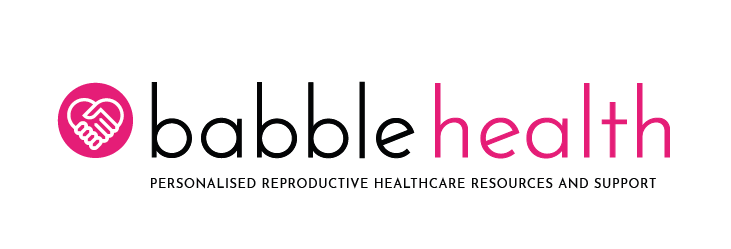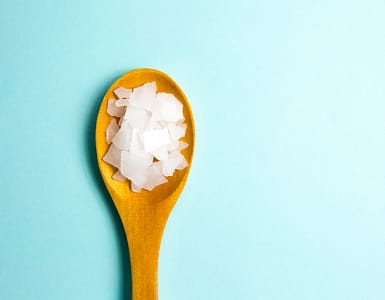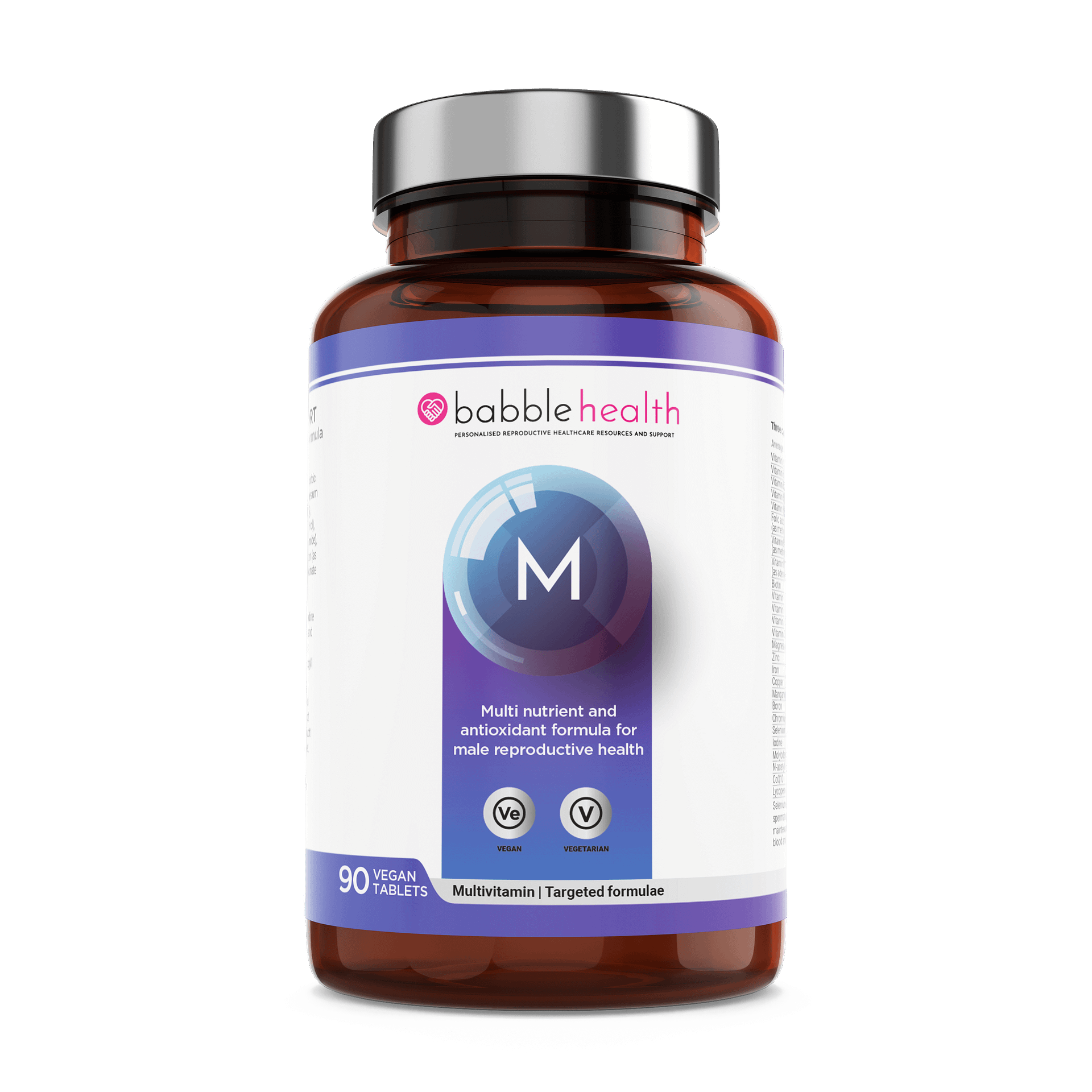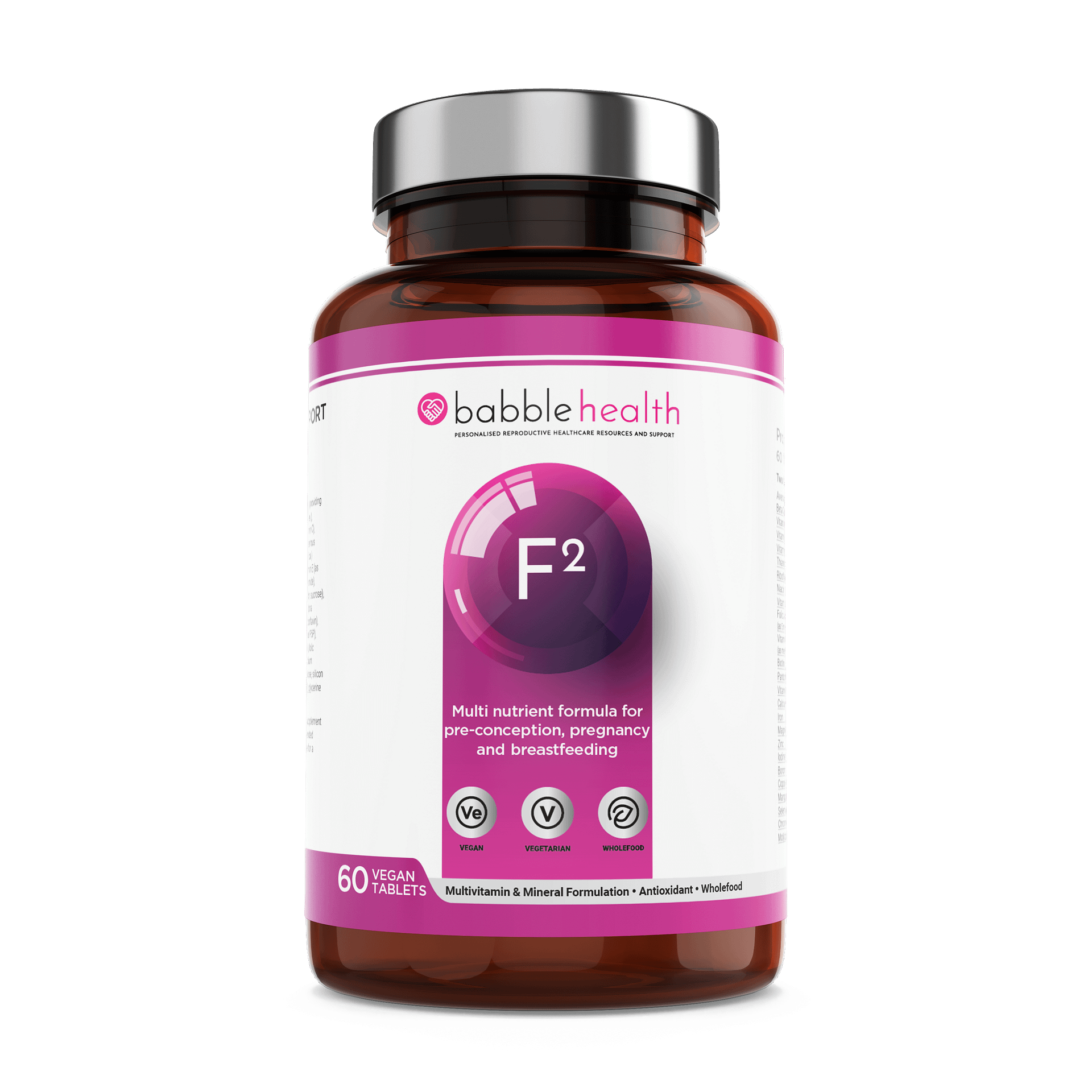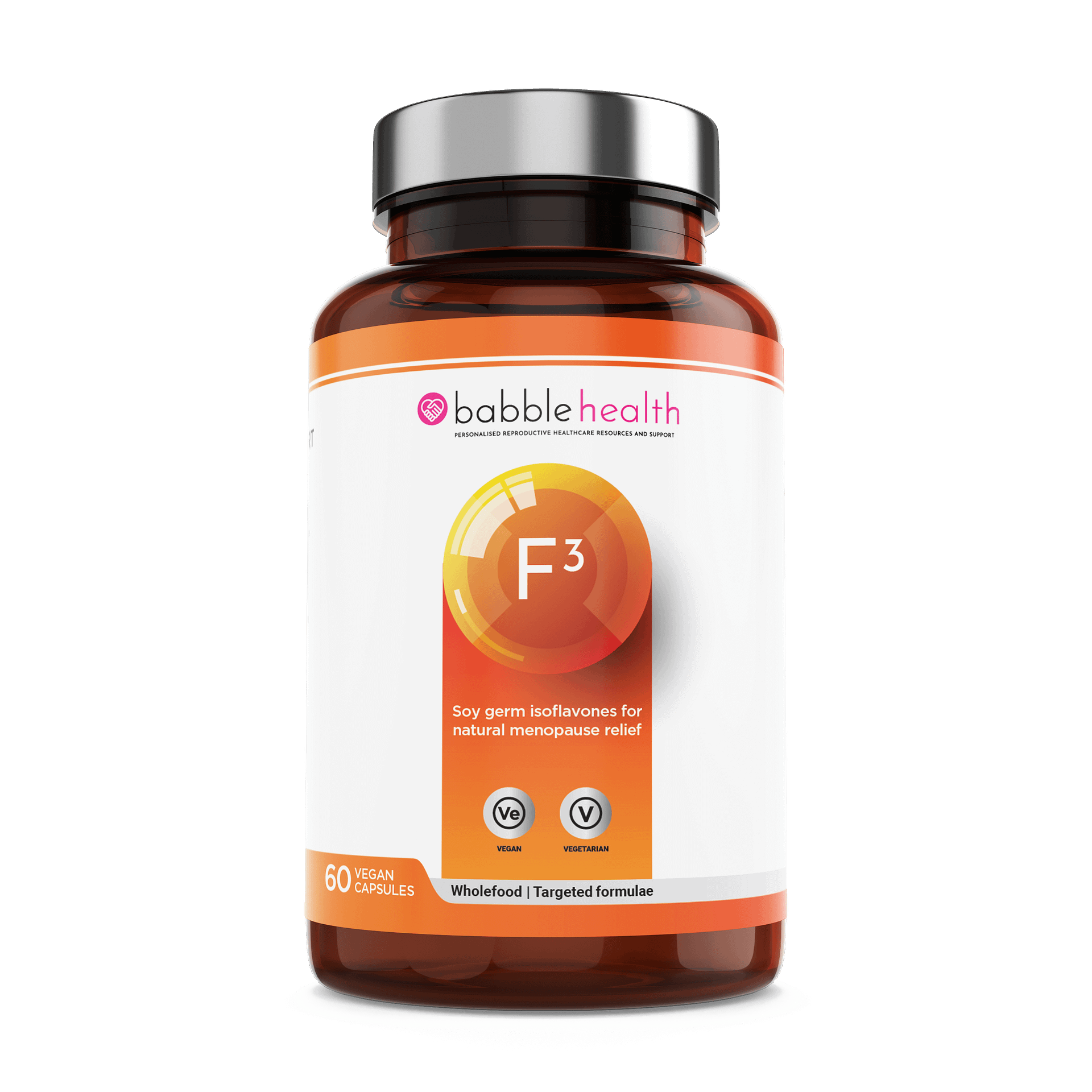By Sue Bedford (MSc Nutritional Therapy)
Cinnamon is a warm, sweet spice which comes from the bark of a tree (Laurel family) native to Sri Lanka. Cassia is another variety native to china. The bark is removed, dried and rolled up to make a tube. Cinnamon is sold dry as sticks and ground as a powder. It is one of the oldest spices known to us and offers many health and nutritional benefits. Cinnamon is also used to awaken many of our Christmas dishes and provides a sense of warmth during the winter months.
For centuries, Cinnamon has been used as an antiseptic, helping to fight off infections, and has traditionally been used to help in the recovery from colds, sore throats, headaches, fevers and flu. It is rich in antioxidants which provide an anti-inflammatory effect and is digestive aid as it is linked to help normalise levels of glucose and certain fats in the blood (triglycerides), reducing the risk of diabetes and heart disease.
What are the health benefits of cinnamon?
*Nutritionally Cinnamon provides some carbohydrate, fibre, folate, potassium, calcium and iron.
* Mild anti-inflammatory properties able to lower the release of arachidonic acid from cell membranes and as a result helps reduce inflammation.
*Digestive aid – helps to relieve bloating and the discomfort of heartburn
*Contains high levels of antioxidants –helps recovery from sore throats, colds and headaches.
*Helps prevent blood clots
*Helps to balance blood sugar levels – important in the management of diabetes.
*Boosts memory and cognitive function- just by the smell!
*Anti-microbial properties- helps to prevent the spread of certain bacteria and fungi including the yeast Candida. Cinnamon is used as a food preservative due to its antimicrobial properties.
Cinnamon and fertility
Preliminary research suggests that Cinnamon may also help jump-start irregular menstrual cycles in women affected by Poly Cystic Ovary Syndrome (PCOS). Polycystic ovary syndrome, which involves many of the body’s systems, is thought to be heavily linked to an insensitivity of Insulin. It is not yet clear exactly why cinnamon may work to regulate menstrual cycles in those with polycystic ovary syndrome, but it may improve the body’s ability to process glucose and insulin. In research involving diabetic patients it has been shown to reduce insulin resistance in people with diabetes. A small study conducted by researchers from Columbia University Medical Centre in New York City found that women with polycystic ovary syndrome who took low-cost daily 1,500-milligram cinnamon supplements had about twice the menstrual cycles over a six-month period compared to women with PCOS who were given a placebo. Further research is required.
Recipe ideas
Cinnamon sticks will retain their aroma and flavour for a year, whilst ground cinnamon for six months. Enjoy as Cinnamon toast, with porridge, in desserts, in drinks such as mulled wine or hot chocolate, in curries, with milk and honey. It is also very nice in relishes, pickles, stews and stuffing. Cinnamon also pairs up well with oranges, pears and apples.
Grilled Cinnamon Oranges (serves 4)
Ingredients
2 large oranges
1 tsp ground cinnamon
½ tsp brown sugar
To make:
Preheat the grill, cut the oranges in half and cut the segment s slightly loose in the orange halves using a sharp knife. Place into an oven proof dish and sprinkle the cinnamon and sugar over the top of the oranges. Place under the grill for up to 5 minutes (or until there is bubbling on the top!). Serve and enjoy!
Apple and Cinnamon porridge (makes 2 portions)
Ingredients
100g porridge oats
200ml milk
1tbsp honey
1 apple, peeled, cored and chopped
½tsp of cinnamon
To make:
In a saucepan, heat the milk until it begins to bubble. Add the oats and allow cook for 5mins or until the milk has been absorbed.
In a separate pan, add the honey and apple on a low heat and allow to soften and caramelise for a few minutes.
Spoon the porridge into two bowls and top with the apples. Sprinkle a little extra cinnamon on top and serve.
Winter warmer – Chicken and Sweet Potato Curry (makes 4-5 portions)
1 tbsp olive oil
1 tbsp mustard seeds
1 chilli, seeds removed, chopped
4 cloves of garlic, crushed
A thumb-sized piece of raw turmeric, grated finely
A thumb-sized piece of raw ginger, grated finely
1 large onion, chopped
1 tbsp ground cumin
1 cinnamon stick
1 tbsp ground coriander seeds
1 tsp olive oil
4 organic chicken breasts (or boneless and skinless chicken thighs)
2 sweet potatoes (peeled and cut into small cubes)
2 cans coconut milk
Juice of half a fresh lemon
How to make:
Heat the olive oil in a large pan. When hot add the mustard seeds, chilli, garlic, raw turmeric and ginger, and the onion. Cook on a medium heat until the onion is golden and translucent. Add the dried spices and fry for a minute or two, scraping them off the bottom of the pot. Turn up the heat, add a little more oil and add the sweet potato cubes and brown the chicken pieces. When brown, turn down the heat and add the coconut milk. Gently simmer and stir. Allow the curry to cook gently for an hour. Add the fresh lemon juice before serving. Serve with rice of your choice and enjoy! Freeze any leftovers.
Non alcoholic mulled wine (for 4 )
Ingredients:
2 Small Oranges
4 cups Cranberry Juice (1 litre)
2 Cinnamon Sticks
3 Star Anise
4 Whole Cloves
A pinch of Ground Nutmeg
A Handful of Fresh/Frozen Cranberries
How to make:
Slice one orange and squeeze the juice out of the other. Place all of the ingredients into a pan and simmer on the hob over a low heat for 20 minutes (for a stronger spiced flavour, simmer longer or turn it off and let it infuse for up to 1 hour).
Roussell et al.,(2009). Antioxidant effects of a cinnamon extract in people with impaired fasting glucose that are overweight or obese. )28(1):16-21.

